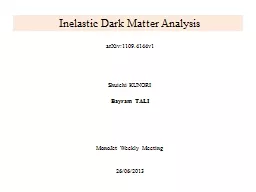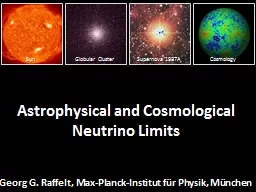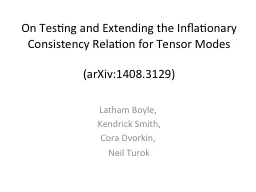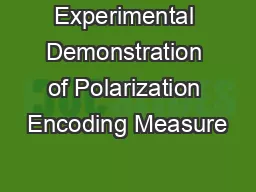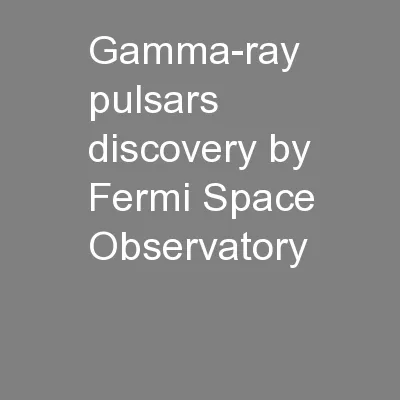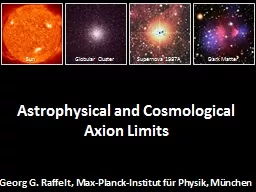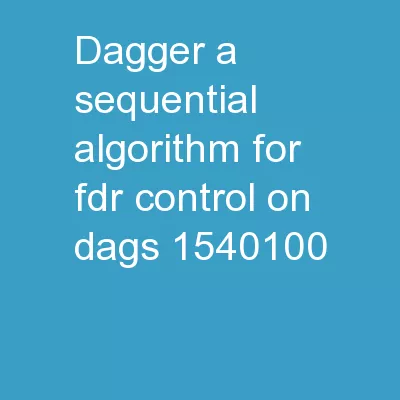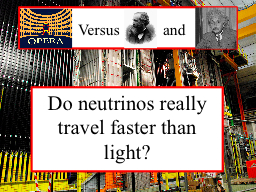PPT-arXiv:1109.4144v1 Shuichi KUNORI
Author : markes | Published Date : 2020-06-30
Bayram TALI MonoJet Weekly Meeting 26062013 Inelastic Dark Matter Analysis Motivation BTali 2 26062013 According to the theory pp collision create an ISR and dark
Presentation Embed Code
Download Presentation
Download Presentation The PPT/PDF document "arXiv:1109.4144v1 Shuichi KUNORI" is the property of its rightful owner. Permission is granted to download and print the materials on this website for personal, non-commercial use only, and to display it on your personal computer provided you do not modify the materials and that you retain all copyright notices contained in the materials. By downloading content from our website, you accept the terms of this agreement.
arXiv:1109.4144v1 Shuichi KUNORI: Transcript
Download Rules Of Document
"arXiv:1109.4144v1 Shuichi KUNORI"The content belongs to its owner. You may download and print it for personal use, without modification, and keep all copyright notices. By downloading, you agree to these terms.
Related Documents

